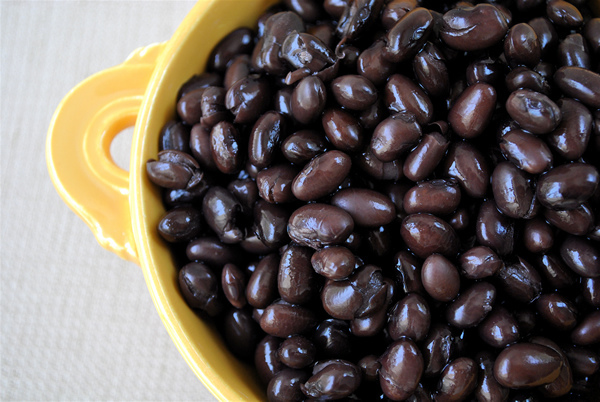What is living with a chronic illness like?
I have lived with Clinical Depression most of my adult life, since I gave birth to my first child 44 years ago.
For many years I observed how it sucked the life and joy out of me. I took a cocktail of medications as prescribed by doctors and specialists. As a result, I dealt with different side effects. So over the years, I learned to self-manage this condition.
Rule No. 1: The main factor to survive when dealing with a chronic illness is treating yourself with love!
It was hard to love myself as I saw how I struggled to get simple things done. It was hard to be self-confident as I started many things that I could never finish, due to lack of motivation and concentration. But when I accepted the challenges and looked at them as self-improvement projects instead of obstacles, the self-blame and self-loathing started to diminish. So as a rule, I try to look into my eyes as often as possible, Saying I love you, I know what you have been through, you are strong, you can do this!
Rule No. 2. Taking Personal Responsibility for your wellbeing
So after this very important factor of Loving Yourself we get to the next self-management rule which is education.
When I started learning about Depression I was told that mine is genetic, as my father also lived with it all his life. Knowing this made me very sad. When you are told something is genetic, it is like saying you have it and you can`t do anything about it. It means that the illness rules your life. But I was NOT the type to accept that I am not in charge of my life.
As a result I started by educating myself. I learned about: What is this illness and what are the contributing factors; how can I help myself.
I took a course about mental illness and how to self-manage it. Later I became a mental health facilitator teaching a course on managing Depression, that led me to take a counseling course. I wanted to know more about how the mind works and how it effects our behavior. In fact I wanted to become my own counselor!
This is what I learnt and this is what I try to practice every day. I say I try because it is not always easy!

Tips to stop feeling sorry for yourself:
Yes, it is possible to feel sorry for yourself when you have a chronic illness, sucking the joy out of your life. You might try to blame other factors for your suffering.
As for me, I used to blame my father and the genes that caused me to be depressed for so many years. But I realized feeling like a victim doesn`t help me. It just gives more power to something that is outside out of you, and the result is helplessness. I didn`t want to feel this way.
So every day I wake up and say to myself: “ I focus on today and how to make the best out of it. Just today. `
I started noticing that due to lack of motivation- and without a plan, I tend to spend the day either in bed or in front of the TV. So I decided to make a plan to do the best I can.
Click on this link to learn about WRAP, the Wellness Recovery Action Plan :http://mentalhealthrecovery.com/wrap-is/
Rule no. 3: Daily Maintenance
My Daily Plan: This is a list of what helps me to become more active and make me feel better. Every day, I write my daily plan with specific time for how long each activity takes. I try to pace myself as I know planning too much overwhelms me and causes stress- and I don`t want that. I remind myself that I am not competing with anyone. I just want to enjoy this day to the best of my ability.
I learned that doing an exercise first thing in the morning boosts my energy. I usually go for a walk around the block. If it is too cold I go for a swim, or follow some Yoga stretches on YouTube.
I also learned that I have to do this on my own, because if I rely on friends or others for doing it, it won`t happen regularly.
I even write regular house chores on my list like washing the dishes, vacuuming, or any important appointments; even watering my plants!
Having a Daily Plan puts me in charge and makes me feel competent and more confident.
These are a few things that help me and make life easier for me. There is a long list and I will write about it in my next blog post.
-Nazie

 When looking at your photographs and family albums, consider the following questions to inspire your life writing:
When looking at your photographs and family albums, consider the following questions to inspire your life writing:


















